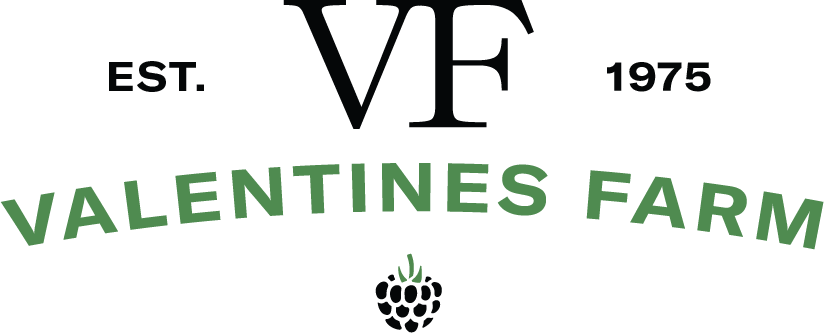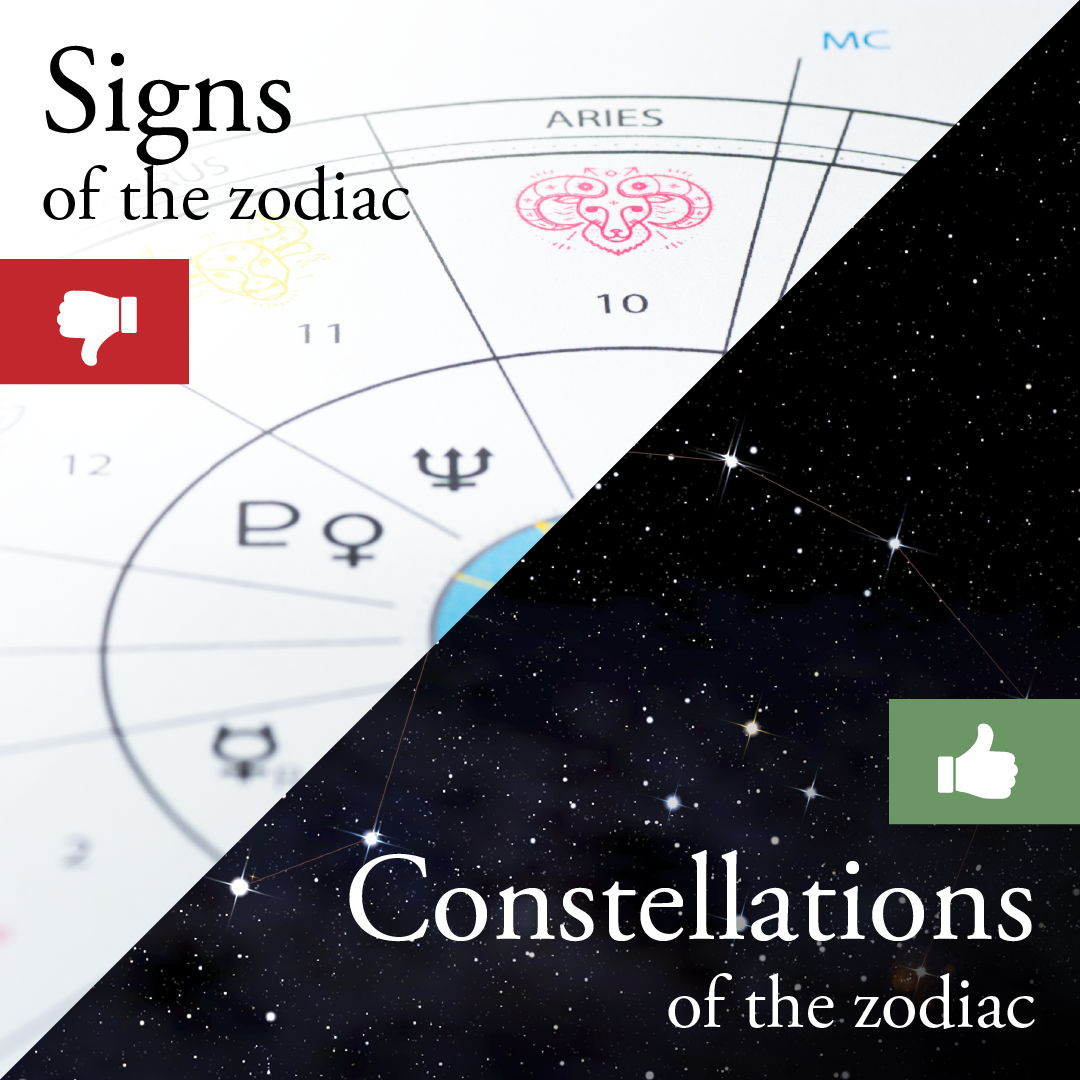Astrology Vs. Astronomy
For those of you who have been following our blog, or if you find yourself here out of an interest in biodynamic agriculture, you likely already know that we rely heavily on the rhythms and influences of the planetary and stary heavens when planting and tending to our crops here at Valentines Farm. This begs the question – what exactly is the difference between astronomy and astrology, and which do we use to plan our activities?
It's easy to make the mistake that since we point towards the placement of constellations in the sky that are recognized from the zodiac, then we must be using astrological principals to guide our farming methods. However, that’s not quite the case.
Our farming activities have little to do with Astrology. For us, one important aspect that draws the line is that western astrology relies on how the night sky looked around 100 AD, when the Greek mathematician and astronomer Ptolemy begun mapping out the stars. If we look at the sky today, we might find that it looks slightly different than it used to.
This is because of a phenomenon called axial precession - or the precession of equinoxes – which was first explained by Sir Isaac Newtown. What this means is that due to the gravitational pull of other objects in space, primarily the sun and the moon, the earth spins in a way that does not perfectly maintain the same axis over time.
As you may know, the axis of the Earth is tilted slightly in relation to its orbital path. This is called obliquity, or axial tilt. Over very long periods of time, that tilt changes slightly. Imagine a toy top like the one you played with as a child. The small rod on the top you use to spin it does not stay perfectly upright as it rotates. It makes a little circular motion. This is similar to what happens with the axis of our planet!
For the Earth, our axis is constantly and slowly moving. To complete just one circular motion like the one of the toy top, it takes nearly 26,000 years. That may sound too slow to be significant, but in actuality, it’s enough to completely alter the map of the night sky from how it was originally recorded.
For example, back then, the sun would rise over the constellation of Aries at the time of March 20th’s spring equinox. Today, however, the spring equinox sun rises in front of Pisces. That’s axial precession in action!
So just imagine how our crops would turn out if we planned according to astronomy’s celestial map as it was created nearly 2,000 years ago – and it would only get worse!
Therefore, we plan according to the alignment of heavenly bodies as they actually are. For instance, leafy crops are best to plant with a moon in front of water a constellation (Cancer, Pisces, Scorpio), while a moon in front of an earth constellation (Capricorn, Taurus, and Virgo) will benefit root crops.
So, while astrology can be a fun way to discuss human behavior and what may be in store for the future, when it comes to growing healthy, productive crops, we prefer the hard science of astronomy.


